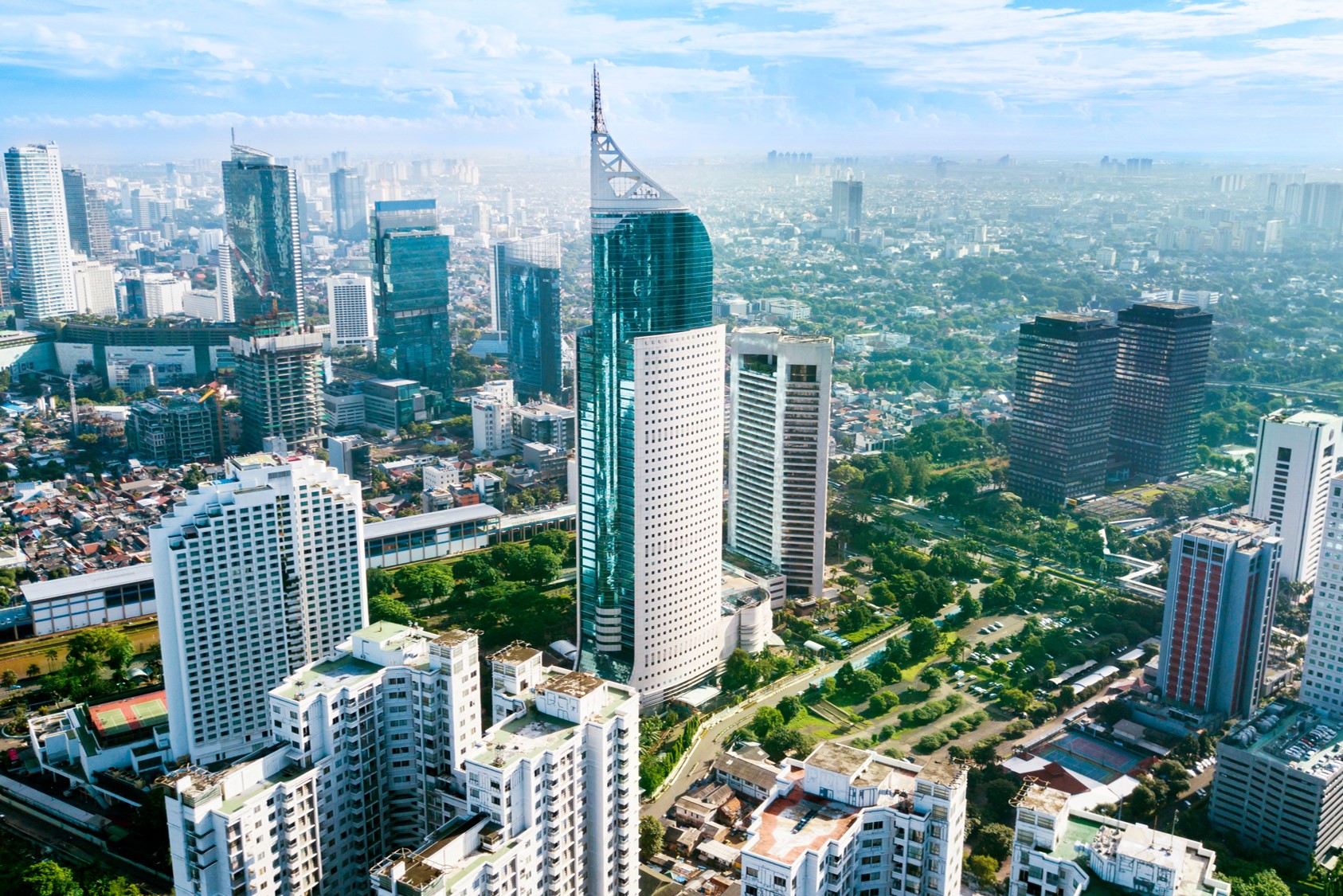
Irma Auda
- Amendments to Various Existing Laws
Indonesian Job Creation Law, called Omnibus Law No. 11 Year 2020 (JCL), dated 02 November 2020, has an underlying objective to support, protect, and empower cooperatives and micro-, small-, and medium-scale businesses (UMKM), and to improve the ease of doing business in Indonesia.
Thus, 78 existing laws have been changed, certain unnecessary rules are removed, and the licensing requirements are simplified.
1.1 Some of the laws which have changed are: (a) protection and management of environment, (b) plantation, (c) forestry, (d) mineral and coal mining, (e) electricity, (f) industry, (g) trading, (h) construction service, (i) shipping, (j) aviation, (k) telecommunication, (l) capital investment, (m) employment, (n) National Social Security System, (o) immigration, (p) patent, (q) trademark and geographical indication, (r) Limited Liability Company, (s) Income Tax, (t) Value Added Tax and Luxury Goods Tax, (u) general and procedures of taxation, and (v) prohibition of monopolistic practice and unfair business competition.
1.2 Some implementing regulations of JCL have been made:
- President Regulation No. 10 Year 2021 on Investment Business Sectors.
- Government Regulation No. 5 Year 2021 on Risk-Based Business Licensing.
- Government Regulation No. 28 Year 2021 on the Operation in Industrial Sector.
- Government Regulation No. 29 Year 2021 on the Operation in Trading Sector.
- Government Regulation No. 34 Year 2021 on the Utilisation of Foreign Manpower.
- Government Regulation No. 35 Year 2021 on Defined-Term Employment Agreement, Outsourcing, Employment Relationship, Working Hours, Rest Break, and Employment Termination.
- Business Licensing is Simplified, Based on the Risk-Based Business
2.1 Based on the risk level (risk level of damage, health, safety, environment, and/or utilisation and management of resources and the risk level of probability on the occurrence of damage), which are either (i) never likely to occur; (ii) rarely occur; (iii) could occur; or (iv) almost definitely will occur, the business risk is differentiated into the following four (4) categories of business licensing:
- Low-risk business activities;
- Medium-low-risk business activities;
- Medium to high-risk business activities; and
- High-risk business activities.
2.2 The business licensing for each of the above four types of the business is differentiated, the lowest of the risk is the simplest of business licensing required:
- Low-risk business activity is required to obtain Business Identification Number (NIB) applied through the Online Single Submission (OSS) system.
- Medium-low-risk business activity is required to obtain the NIB and standard certification through the OSS, and to make a commitment to fulfil such relevant business standards. Environmental documents might also be required to be submitted to the OSS by certain kinds of businesses.
- Medium to high-risk business activity is required to obtain the NIB and standard certification through the OSS, provided that this standard certification will be subject to verification and approval from the relevant Government authority. Environmental documents might also be required to be submitted to the OSS by certain kinds of business.
- High-risk business activity is required to obtain the NIB, some requirements and verification (including environmental documents) and business licenses are also required.
- List on Negative of Investment
3.1 Presidential Regulation No. 10 Year 2021 on Investment Business Sectors (PR 10/21) revokes the previous Presidential Regulation No. 44 Year 2016, which stipulates on negative list of investment.
Under PR 10/21 all business sectors are open for investment both foreign and domestic, unless they are listed as business sectors that are closed, or can be carried out only by the Central Government.
3.2 The business sectors which are open for investment are categorised in four types as follows:
- Prioritised business sector: The prioritised business sector is the business sector which (i) falls under national strategic project, (ii) capital intensive, (iii) labour intensive, (iv) pioneer industry, (v) export oriented, and/or (vi) research, development, and innovation orientation. This prioritised business sector is eligible to obtain fiscal and non-fiscal incentives.
- Business sector that is reserved for and in partnership with UMKM/small-, medium-, and micro-business scale.
- Business sector which is subject to certain requirements: The requirements, among others are (i) limitation on foreign capital participation, (ii) restriction on certain investment locations, or (iii) prior approval from the relevant authority might be needed.
- Business sector which is not listed on (a), (b), or (c) above.
- Minimum Amount of Foreign Investment
In general, a minimum foreign capital investment is still required to be more than RUB 10 billion, excluding value for land and building. Exception to this minimum amount of investment is applied to foreign investment that is (i) made in a Special Economic Zone (Kawasan Ekonomi Khusus/KEK) and (ii) is engaged in tech-based startups.
XLNC MAGAZINE | No. 07 | Spring 2021

